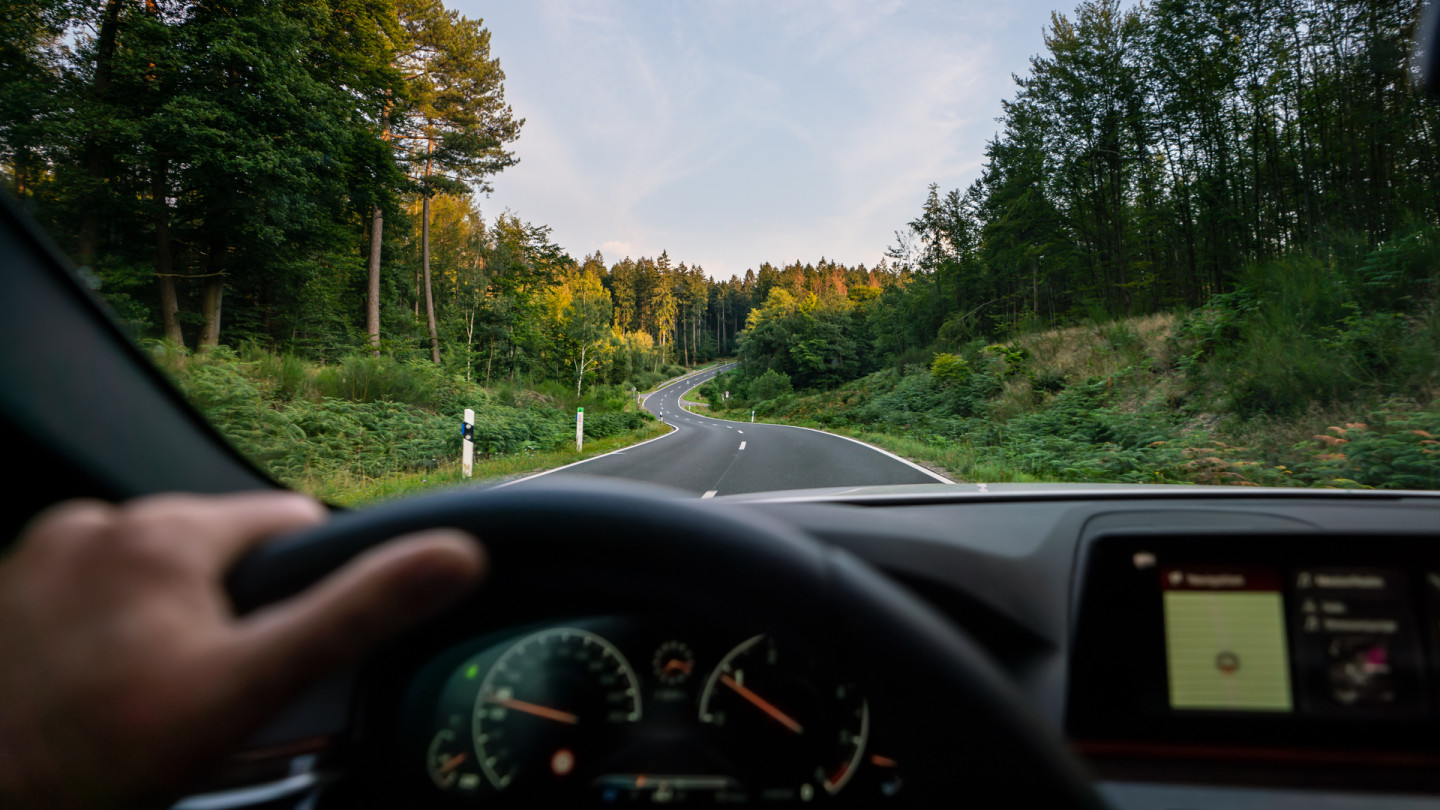Dissertation: New context-sensitive models predict when driver inattention and distraction lead to crashes

Despite the many safety features built into modern cars, driver inattention and distraction continue to cause serious traffic accidents.
In his dissertation, Abhishek Sarkar developed context-sensitive models that can take into account the situational factors, the driver's individual abilities, and extreme traffic situations.
The models can dynamically evaluate when a driver's concentration in traffic is affected. The aim is to detect lapses in attention early enough to prevent potential traffic accidents.
The models developed in the study can be used, for example, to design advanced monitoring and warning systems, better driver education and training, and safer infotainment technology for cars.
The models dynamically adapt to different drivers and driving situations
In his research, Sarkar has developed new ways of defining driver inattention. The methods must be able to take into account multiple variables and adapt to the demands of the driving situation.
"The model must understand the difference in attention needed in various traffic situations and also different levels of driver skill. For example, driving on a quiet straight highway requires a different level of attention than navigating through busy city traffic, and unexpected events such as the car in front braking hard or a deer crossing the road can quickly turn dangerous if the driver is inattentive " Sarkar says.
Sarkar explains that the models are for instance able to identify unsafe off-road glances or dangerously close following distances.
The new safety metrics were tested through controlled driving simulator studies and by analyzing data from actual drivers on real roads, demonstrating that the approach could potentially work in practice.
As part of the study, Sarkar also examined how in-car tasks, like using infotainment systems, interfere with the cognitive processes essential for safe driving.
The research has been central in establishing the Drive-In driving laboratory in the University of Jyväskylä.
“Many people think of distraction simply as using a phone while driving. But distraction can also arise from in-car infotainment systems. If the user interface isn’t intuitive, it can easily distract drivers by pulling their attention away from driving,” says Sarkar.
“By mapping how attentional requirements shift behind the wheel, we can prevent small lapses from escalating into serious accidents,” Sarkar concludes.
Dissertation event
Abhishek Sarkar defends their doctoral dissertation “Mapping the Attentional Demands of Driving: Toward Context-Sensitive Measures of Driver Inattention and Distraction” on 20 September at 12:00 pm.
Opponent is Research professor Carol Flannagan (University of Michigan Transportation Research Institute) and custos is Associate Professor Tuomo Kujala (University of Jyväskylä).
The dissertation event can be attended in Agora Auditorium 3 or online.



